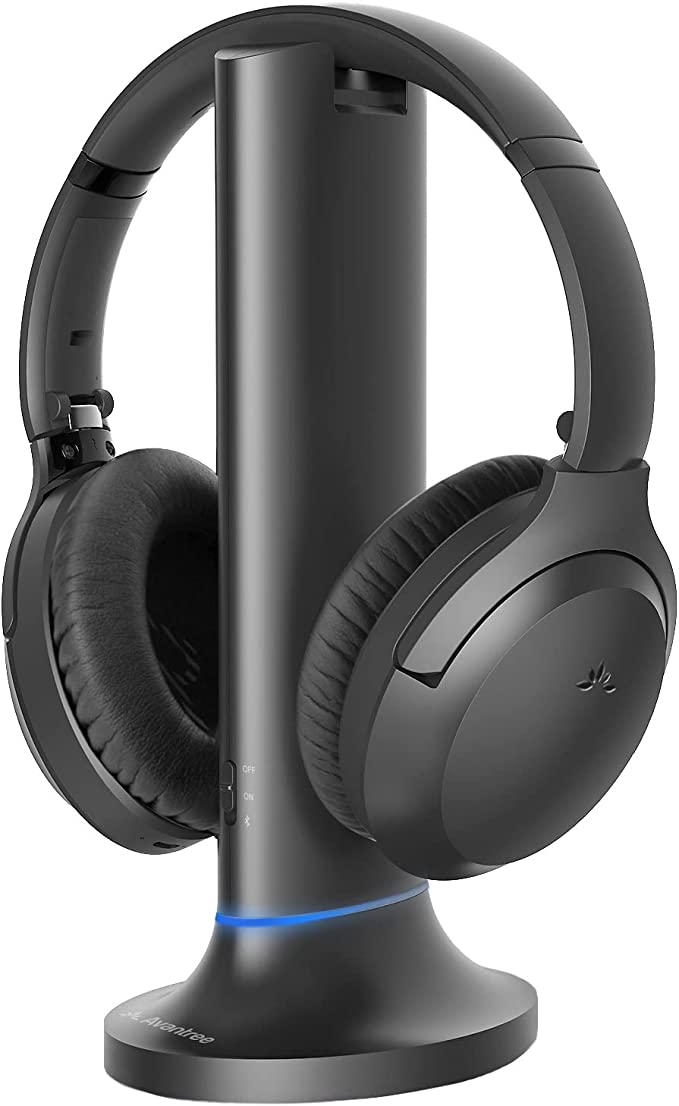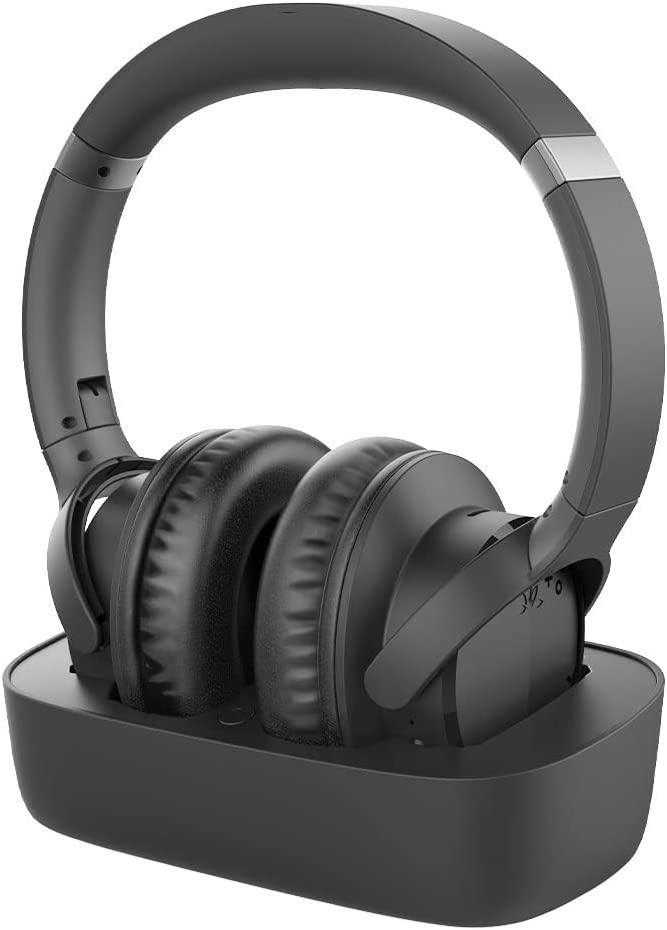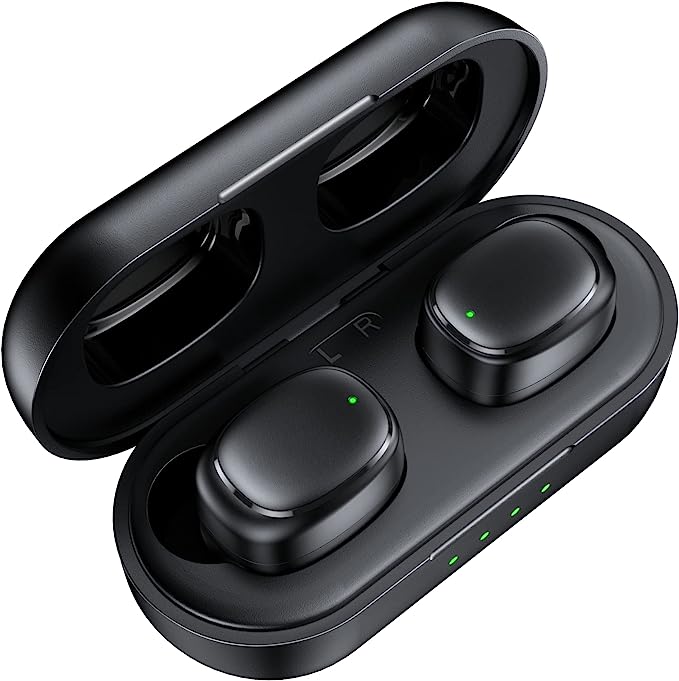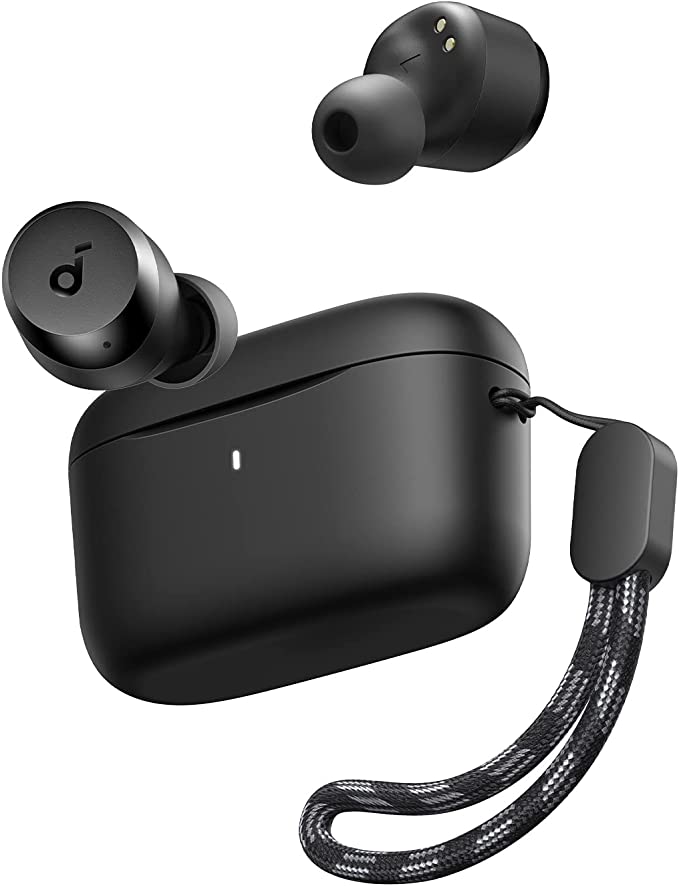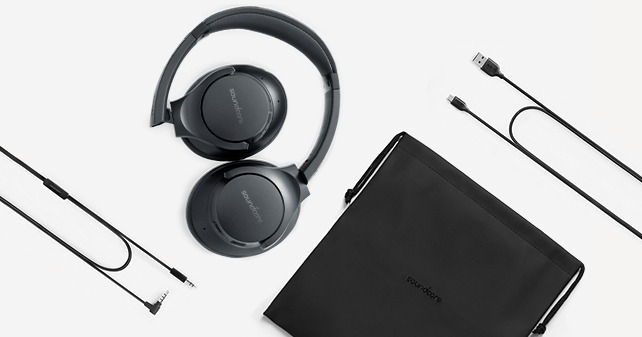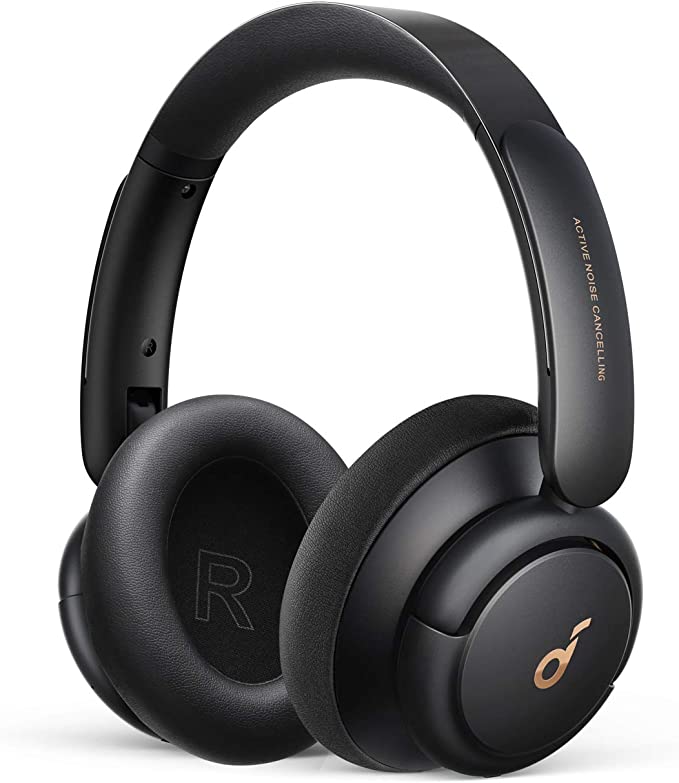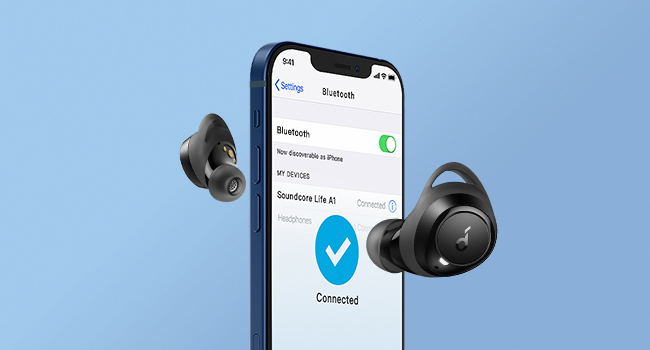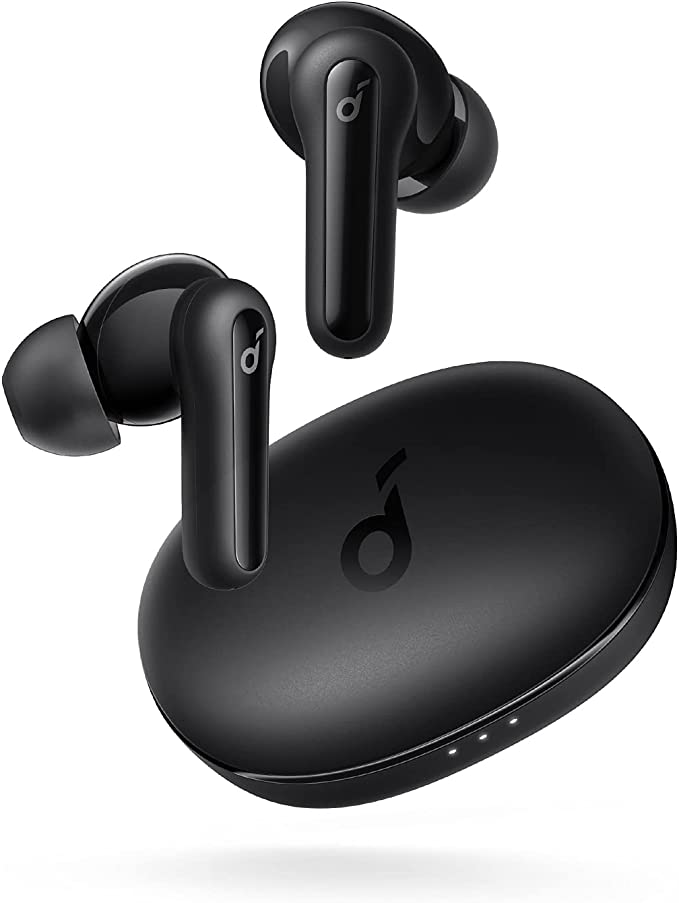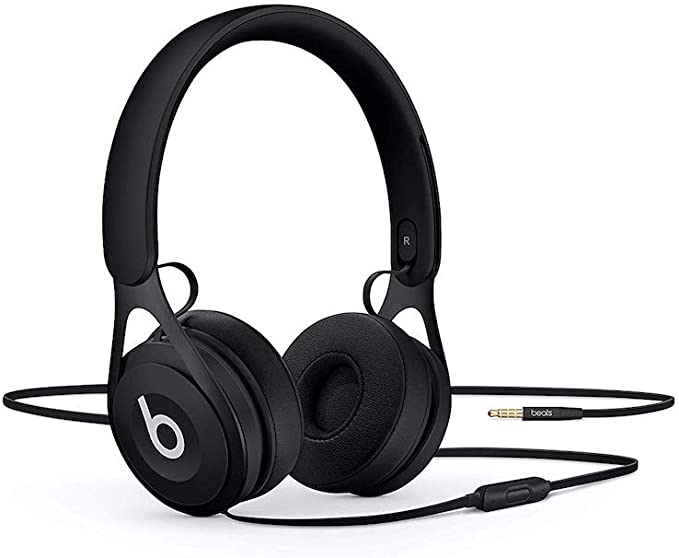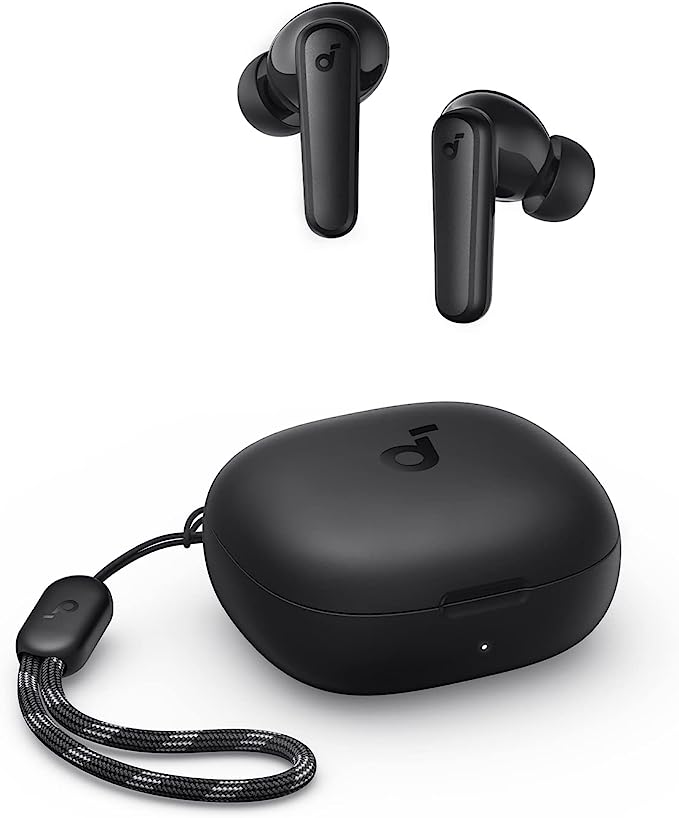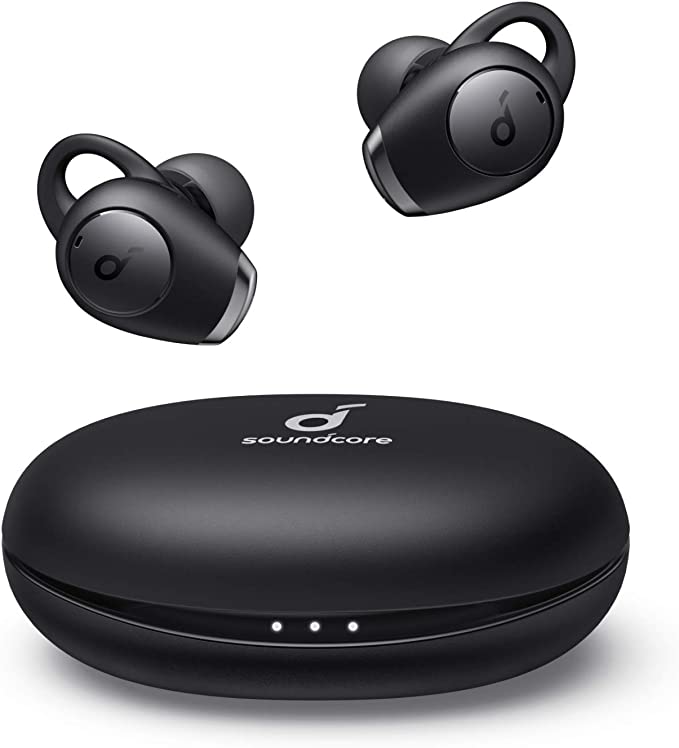LEMEGA M5P: Your All-in-One Home Audio System with CD Player, Internet Radio & More
Update on March 3, 2025, 7:55 a.m.
For over a century, we’ve been bringing music and sound into our homes. From the crackling whispers of early gramophones to the crystal-clear digital streams of today, the evolution of home audio has been a remarkable journey. The LEMEGA M5P, with its blend of retro aesthetics and modern technology, represents an interesting point in this ongoing story. It’s a device that embodies the diverse ways we listen to audio today, and by exploring its features, we can gain a deeper understanding of the science of sound itself.

The Complexity of Modern Listening
Gone are the days when a single radio or record player was the sole source of audio entertainment. Now, we have a plethora of options: streaming services, digital downloads, internet radio, FM broadcasts, and, for many, a treasured collection of CDs. This variety is wonderful, but it also presents a challenge: how do we access all these different sources conveniently?
Decoding Sound: The Basics
Before we delve into the specifics of the LEMEGA M5P, let’s take a moment to understand the fundamentals of sound. Sound is, essentially, vibration. When an object vibrates, it creates waves of pressure that travel through the air. These waves reach our ears, and our brains interpret them as sound.
The key characteristic of a sound wave is its frequency, which is measured in Hertz (Hz). Frequency determines the pitch of the sound – how high or low it sounds. Humans, with healthy hearing, can typically hear sounds ranging from about 20 Hz (very low bass) to 20,000 Hz (very high treble).

The Power of 2.1: Understanding Channel Separation
Many modern audio systems, including the LEMEGA M5P, utilize a “2.1” channel configuration. What does this mean, and why is it important? It’s all about dividing the labor of sound reproduction.
Imagine an orchestra. You have the violins and flutes, responsible for the high, delicate notes. Then you have the cellos and bass drums, providing the deep, resonant foundation. A single speaker trying to reproduce all these sounds simultaneously is like asking one musician to play every instrument at once – it’s a compromise.
A 2.1 system addresses this by using separate speakers for different frequency ranges. The “2” in 2.1 refers to the two main speakers, often called “full-range” speakers. While they’re called “full-range,” they are primarily designed to handle the mid-range and higher frequencies – the vocals, the guitars, the cymbals. The “.1” is the subwoofer, a dedicated speaker designed solely to reproduce low-frequency sounds – the bass.
By separating the bass frequencies, the subwoofer can handle them with greater power and accuracy, without interfering with the clarity of the mid-range and treble. This results in a much richer, fuller, and more balanced sound. You don’t just hear the music; you feel the impact of the bass drum, the rumble of the cello.
Digital to Analog: The Crucial Conversion
Much of the audio we consume today is in digital form – whether it’s a streamed song, a digital download, or the data stored on a CD. Digital audio is essentially a series of numbers representing the sound wave. But our speakers can’t directly reproduce numbers; they need an analog signal, a continuously varying electrical voltage that mimics the original sound wave.
This is where the Digital-to-Analog Converter (DAC) comes in. Think of it as a translator, converting the digital language of 1s and 0s into the analog language of electrical signals. A good DAC is crucial for high-quality sound reproduction. It ensures that the conversion is done accurately, preserving the nuances and details of the original recording. A poor DAC can result in a loss of detail, distortion, and a generally less satisfying listening experience.
A World of Audio at Your Fingertips
The LEMEGA M5P is designed to be a central hub for all your audio needs, offering a wide range of connectivity options:
-
Internet Radio: Exploring the Global Soundscape: With built-in Wi-Fi, the M5P can access thousands of radio stations from around the world. This opens up a vast universe of musical genres, news programs, and talk shows, far beyond the limitations of traditional FM broadcasting.
-
Spotify Connect: Streaming Smarts: Spotify Connect is a feature that sets the M5P apart from simple Bluetooth streaming. Think of Bluetooth like using a walkie-talkie: your phone is doing all the work of decoding the audio and sending it to the speaker. This can drain your phone’s battery and sometimes compromise audio quality. Spotify Connect, on the other hand, is like having a direct line to the radio station. The M5P itself connects directly to Spotify’s servers and streams the music, using your phone or tablet only as a remote control. This results in higher-quality audio and frees up your phone for other tasks.
-
The Timeless Appeal of FM: For those who enjoy the familiar comfort of local FM radio, the M5P offers a digital FM tuner with the ability to preset your favorite stations.
-
Bluetooth: Wireless Freedom (and Limitations): Bluetooth provides a convenient way to stream audio wirelessly from your smartphone, tablet, or computer. The M5P includes both a Bluetooth receiver (to receive audio from other devices) and a Bluetooth transmitter (to send audio to Bluetooth headphones, for example). While Bluetooth is convenient, it’s important to remember that it typically involves some degree of audio compression, which can slightly reduce sound quality compared to a direct connection or Wi-Fi streaming.
-
CDs: Rediscovering a Classic: For many, there’s still something special about holding a physical CD and listening to an album from start to finish. The M5P’s built-in CD player allows you to revisit your cherished collection and enjoy the often-superior audio quality of CDs compared to compressed digital files. Some users report that CDs need to be relatively pristine to avoid skipping.
-
USB and AUX: Expanding Your Options: The M5P also includes a USB port for playing music files from a flash drive and an auxiliary (AUX) input for connecting other audio devices, such as a turntable (with a phono preamp) or an older MP3 player. The physical controls of the M5P, while offering direct access to these features, have been described by some users as less intuitive. The availability of the OKTIV and UNDOK companion apps provides a user-friendly alternative, offering complete control from your smartphone or tablet.

The Future of Sound
The LEMEGA M5P, while embracing a retro aesthetic, represents a step towards the future of home audio. We’re seeing a growing trend towards higher-resolution audio, with lossless streaming services offering CD-quality and even higher-than-CD-quality sound. Smart home integration is becoming increasingly common, allowing us to control our audio systems with our voices and integrate them seamlessly with other smart devices. And, perhaps most importantly, there’s a renewed focus on delivering a personalized listening experience, tailoring the sound to individual preferences and even to the specific acoustics of a room. The journey of sound reproduction continues, and it’s an exciting one to follow.




